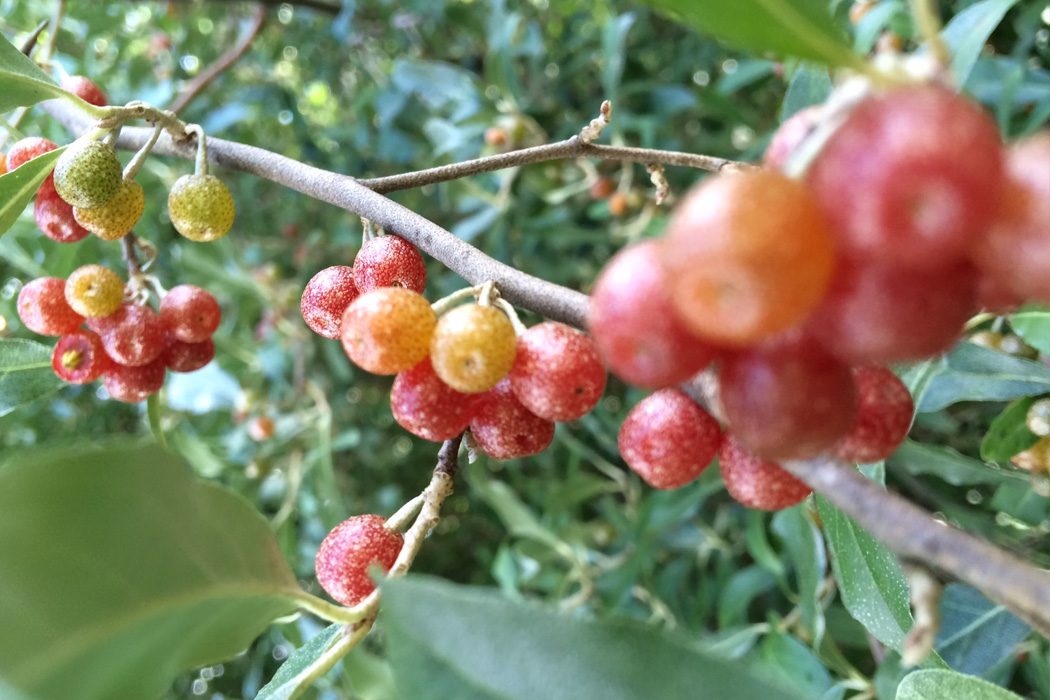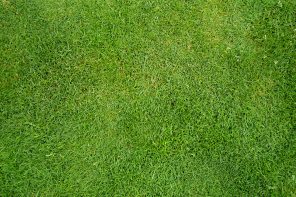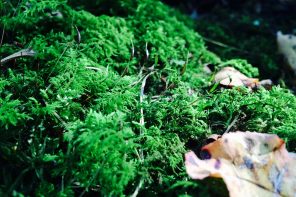I’ve sampled enough random plants in the woods to learn an important lesson: if it doesn’t taste good, don’t eat it. Just a small lick of a berry’s juice or press of a leaf between my teeth or even a quick sniff has so far given me enough data to make good choices. I think of that one long Sunday afternoon walk in the woods a few years back when I decided not to partake of a particularly pungent plant unfolding from the wetlands like a magical curse. My two companions, on the other hand, experienced firsthand the choking sensation skunk cabbage can cause if you chew it up and swallow it. Be ye warned: do NOT eat skunk cabbage, friends.
Most of my tiny experiments in the edibility of wild plants are innocuous disappointments, but there was one happy day when I discovered the delicious berry of the autumn olive. Buzzing around on a golf cart at the retreat center where I work, I noticed that a beautiful, dusky green shrub fringing one of the tree lines was speckled with spotted red berries. What’s this? I wondered, skidding to a stop on the gravel road. A bit of pulp on my tongue didn’t taste half bad, so I looked it up and discovered that the fruit of the autumn olive is indeed safe to eat, with a decidedly tart sweetness at maturity. A good hour later, I had managed to harvest enough of the tiny berries to make a batch of jam.
From that point on, I began to notice autumn olive bushes everywhere. Their characteristic gray-green foliage makes them easy to spot from afar, dappling the disturbed edges of the woodlands in our area with a light that seems to emanate from within. I also began to notice the pervasive prejudice against them. Now considered an “invasive species” in Michigan, where I live, autumn olive was introduced to the United States around 1830, both as an ornamental shrub and as a fast-growing windbreak to help restore degraded land.
As I’ve become more acquainted with the land where I live and work over the years, I’ve become familiar with the habits of more than a few despised plants: garlic mustard, spotted knapweed, staghorn sumac, black locust, tree of heaven, Virginia creeper. Many of these have similar origin stories to autumn olive. Once revered as a highly functional exotic species, they’re now the target of every militant metaphor we can throw at them as we strategize to suppress and eradicate them in defense of our precious natives.
While I’ve spent my share of time cursing the tenacious roots and relentless spreading habit of knapweed, I’ve also come to be suspicious of the language of invasive species and the time and energy we spend on wiping them off the face of the Earth (or at least our little corner of it). Garlic mustard pulls have become a new rite of spring in the Midwestern U.S., and yet the plant is one of nature’s first responders to bare, disturbed soil—a situation usually caused by humans, which sets off the earth’s alarm for more biomass STAT. It’s also high in vitamin C and makes a delicious pesto. The role that human beings have played in the spread of these species raises a legitimate question about who the true invaders are. In his book The New Wild: Why Invasive Species Will be Nature’s Salvation, environmental journalist Fred Pearce writes by way of introduction,
After going on the trail of alien species across six continents, my conclusion is that their demonization says more about us and our fears of change than about them and their behavior…. Understandable love of the local, the native, and the familiar—of an imagined pristine environment before humans showed up—too often becomes fear and hatred of the foreign and the familiar.
With meticulous research, Pearce proceeds to excavate facts and fiction from the huge spoil pile of assumptions about invasive species, demonstrating the ways in which attitudes about foreign plants have interacted with attitudes about foreign people around the world. Of course certain introduced species can do more harm than good, he says, but more often, they become integrated into the Earth’s innate strategy for resilient change.
I can’t help but notice that many of the plants we now perceive to be invasive made their way to U.S. soil around the time my ancestors were arriving on ships from the Netherlands, the larger migration story within which my own small migration—from Highland, Indiana, to Three Rivers, Michigan—is nested. I feel quite at home here, but I’m far from native. As origin stories go, I’m much more akin to the autumn olive berry than I am to the native sand cherry. And while I don’t believe we can return to some kind of pristine ecological or anthropological era, I do believe there are some sins of the past we need to reckon with if we hope for a different kind of future. Identifying with the autumn olive—marginal, despised, persistent, productive—gives me a place to begin.




